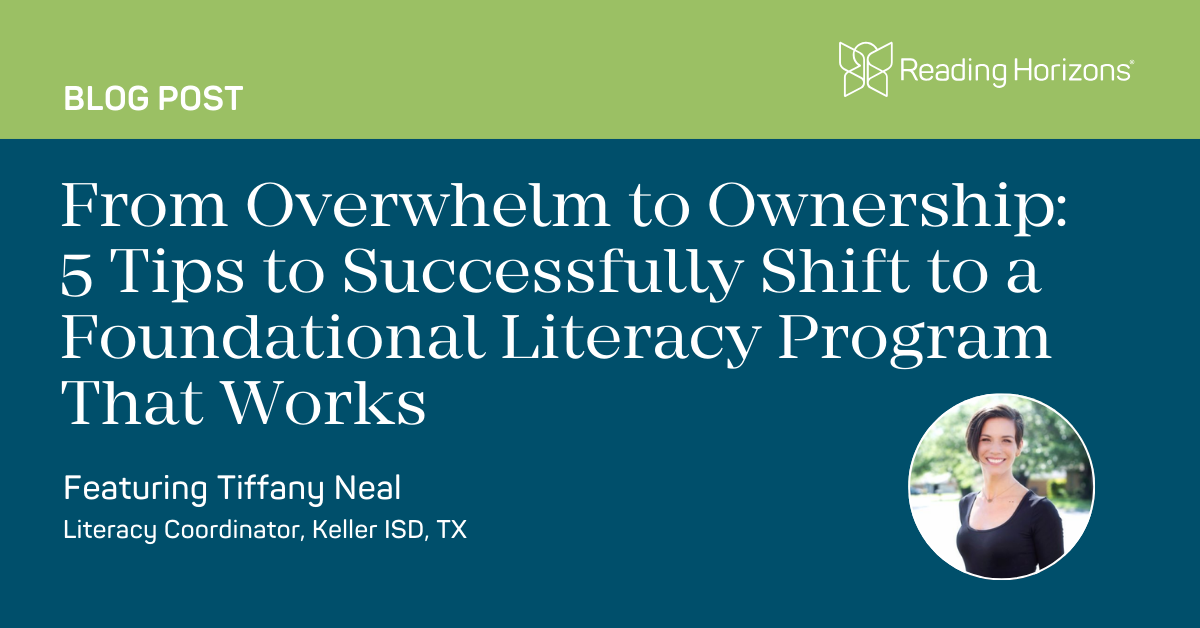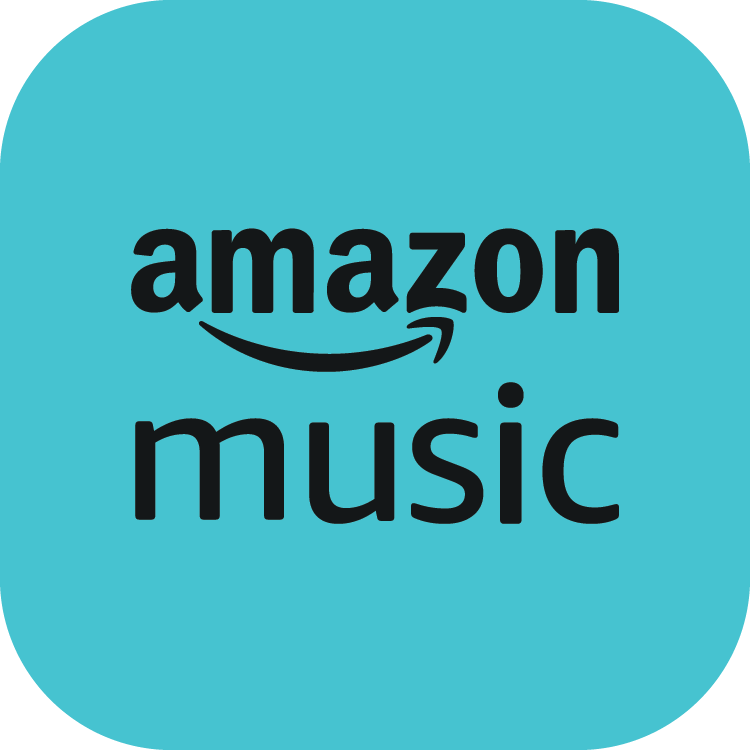Looking back at the last two years in Keller Independent School District, it’s hard to believe how much has changed so quickly.
We were tasked with a complete curriculum overhaul—one that touched every part of our literacy ecosystem. We were adopting new resources aligned to the Science of Reading, rewriting our Literacy Framework, redefining scope and sequence, identifying priority standards, and building viable assessments—all while supporting teachers through the rollout of these changes in the 2023–2024 school year.
It was ambitious. It was necessary. And it was a lot.
How We Chose the Right Curriculum
As part of this overhaul, we needed a foundational literacy solution that was more than just compliant—it had to be aligned with best practices, sustainable for teachers, and responsive to student needs.
Through a thoughtful adoption process that included a variety of stakeholders—coaches, teachers, and leaders—we selected Reading Horizons Discovery. It aligned with the Science of Teaching Reading, matched our K–3 teachers’ training, and was grounded in research like the Simple View of Reading and Scarborough’s Rope. It was structured, explicit, and systematic—and honestly, the RH team felt authentic and invested from the start.
But even with the right resource in place, we started to hear something familiar:
Planning? Time-consuming. Lessons? Lengthy. And the paper-based Chapter Assessments? Cumbersome.
So when our RH account team approached us about trying the new Reading Horizons Discovery platform (the digital version of the program), I listened.
And then—I advocated.
Dipping Our Toes into the Discovery Pilot
We didn’t start with a cannonball. We decided to dip our toes in and run a pilot. We had one goal: Would this solve the pain points we were hearing from teachers? Could Discovery simplify planning and eliminate the paper-assessment overload?
The answer was yes. But we didn’t expect just how much more would come from the pilot.
Teachers were energized. Students were more engaged. Instruction became easier to plan and more responsive to student needs. Skill checks provided instant data, which meant reteaching could happen in real time—not two weeks later. And those teachers? They weren’t just using the platform—they were loving it.
Building Buy-In the Right Way
Getting leadership on board took persistence, but I believed in what I was seeing. My supervisor trusted my vision and helped bring others into the fold. For principals, we created a video showcasing the platform in action—because nothing beats seeing it for yourself.
At our Principal Roundtable, we shared the video and invited pilot teachers to speak directly to leaders. Their voices made all the difference. A few principals even visited pilot classrooms, and just this week, I shared a one-pager with our full principal group outlining the timeline, training options, and a recorded teacher presentation to roll out to their staff.
Lessons Learned
If you’re thinking about piloting a new literacy resource in your district, here’s what you need to know:
- Be present and available to your pilot teachers.
- Trust the process, even when it’s a little messy.
- Involve leadership early and often.
- Focus on what’s working, and build momentum from there.
- And above all—don’t do it alone. Partner with people who are as invested as you are.
We’re not done yet. But we’re better off because we started.
If my experience helps even one other district start their own journey with a little more clarity and confidence—then it’ll be worth it.
Thinking About Starting Your Own Pilot?
I’d love to hear your questions or ideas. Find me on LinkedIn, Facebook, or X. We’re all in this together, and when we share what’s working, we get better—together.

